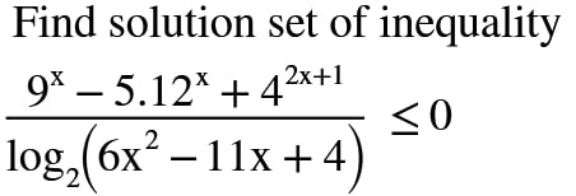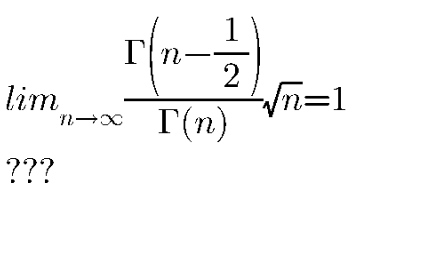
AllQuestion and Answers: Page 754
Question Number 143627 Answers: 2 Comments: 0

Question Number 143635 Answers: 1 Comments: 0

Question Number 143633 Answers: 1 Comments: 0

Question Number 143624 Answers: 1 Comments: 0
$$\int_{\mathrm{0}} ^{\:\infty} {z}^{\mathrm{2}} {e}^{\frac{\mathrm{1}}{{z}}} {dz} \\ $$
Question Number 143622 Answers: 1 Comments: 0
$$\int_{\mathrm{0}} ^{\propto} {e}^{\mathrm{2}{arctg}\left({t}^{\mathrm{2}} \right)} {dt} \\ $$
Question Number 143794 Answers: 0 Comments: 3
$$\mathrm{Prove}\:\:\:\:\:\:\:\:\:\mathrm{3}^{\mathrm{111}} +\mathrm{1}\vdots\mathrm{223} \\ $$
Question Number 143609 Answers: 1 Comments: 0
Question Number 143606 Answers: 1 Comments: 0

Question Number 143603 Answers: 2 Comments: 0
Question Number 143602 Answers: 2 Comments: 1

Question Number 143598 Answers: 3 Comments: 2

Question Number 143597 Answers: 0 Comments: 0
Question Number 143596 Answers: 1 Comments: 0
Question Number 143595 Answers: 2 Comments: 0
Question Number 143593 Answers: 0 Comments: 0
Question Number 143591 Answers: 1 Comments: 0
Question Number 143588 Answers: 3 Comments: 0

Question Number 143582 Answers: 0 Comments: 0
Question Number 143578 Answers: 0 Comments: 2

Question Number 143576 Answers: 0 Comments: 0
Question Number 143575 Answers: 1 Comments: 0
Question Number 143570 Answers: 1 Comments: 0

Question Number 143715 Answers: 0 Comments: 0
Question Number 143562 Answers: 0 Comments: 0

Question Number 143561 Answers: 3 Comments: 0
Question Number 143556 Answers: 0 Comments: 0
Pg 749 Pg 750 Pg 751 Pg 752 Pg 753 Pg 754 Pg 755 Pg 756 Pg 757 Pg 758
